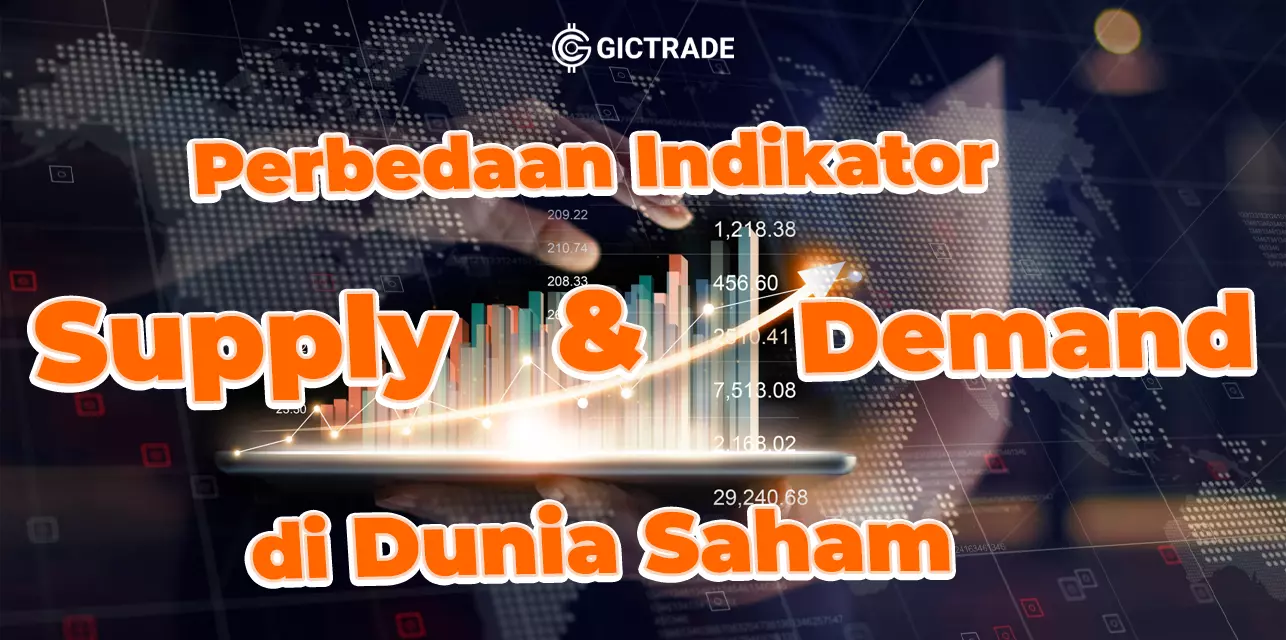Understanding Supply and Demand in Forex Trading
In this article, you will learn about supply and demand zones and you will also learn how to find supply and demand areas. Check out the information below.What is the Supply and Demand Indicator?
[caption id="attachment_23140" align="aligncenter" width="1024"] indikator supply and demand[/caption]
indikator supply and demand[/caption]
Forex Daily Analysis: January 19, 2021
The supply indicator is a supply zone in the price area where traders usually make sales. This area is present based on the current price, where interest or potential for selling is high. While the demand indicator is the opposite of supply. In the demand area, it means that traders are making purchases. This area is present based on the current lower price, where interest or potential for buying is at its highest. This zone has many buyers available because of the many buy orders at that level.Main Types of Supply and Demand Indicators
It is important for you to know what patterns are involved in supply and demand zones. Like traditional price pattern analysis, supply and demand zones also have reversal and continuation patterns.- Reversal pattern
- Drop-base-rally: is a price structure that moves downwards (referring to a price decrease), it is necessary to wait a while to create a base structure until it rallies upwards (referring to a price increase)
- Rally-base-drop : in this structure, the price will go up. Waiting for some time to make a base structure then moving down to show a price decline.
PMI Zona Euro Turun ke 48,2 Karena Tekanan Melonjaknya Inflasi
2. Pola Lanjutan (Continuation pattern) Pola lanjutan mengacu pada situasi ketika tren harga terus bergerak baik naik ke bawah atau turun ke atas. Pola-pola ini umumnya lemah karena, seringkali, harga cenderung menembus struktur ini. Untuk memahami pola kelanjutan dengan lebih jelas, mari kita lihat dua jenisnya: Pola lanjutan mengacu pada situasi di mana tren harga terus bergerak, baik naik ke bawah hingga turun ke atas. Pola-pola ini umumnya bersifat lemah. Berikut merupakan contoh struktur nya :- Drop-base-drop : Dalam struktur ini, berarti harga turun. Berhenti sejenak untuk membuat pola ini, kemudian terus bergerak ke bawah dengan cara yang kuat
- Rally-base-rally : Dalam struktur ini, berarti harga naik. Berhenti sejenak untuk membuat pola ini, kemudian terus bergerak ke atas.
How to Recognize Supply and Demand Zones on a Chart?
Learn How to Day Trade Crypto and Mistakes Day Traders Make!
Recognizing market imbalances is the first step to finding supply and demand indicator zones. Market imbalances refer to large price shifts. Here are ways to recognize supply or demand indicators:- Find the price, the first step you should pay attention to is finding the price. Usually, the supply indicator shows an upward movement, while the demand indicator shows a downward movement.
- Find ERC, the ERC focus area is on the left side of the chart. Keep in mind if there are candles that have the same body or size, it is not ERC.
- Identifying the Origin of Price Movements
Tradingview Supply and Demand Indicator
There are several indicators that you can use to help you confirm supply and demand zones on a price chart. Here are the best indicators of supply and demand zones.- Pivot point
- Support and resistance
- Fibonacci Levels
Above is information about supply and demand indicators. Keep updating the latest information through the GIC journal which will be announced every day. You can also trade on the GICTrade application with its latest feature, an ECN account, enjoy the advantages of the latest features with the lowest spread starting from 0! Also follow the GIC Gebyar Hadiah and get attractive prizes in it from GIC worth billions of Rupiah without a draw!
Forex Indicators: Definition, Functions and Types of Indicators

 Last:
Last: 







